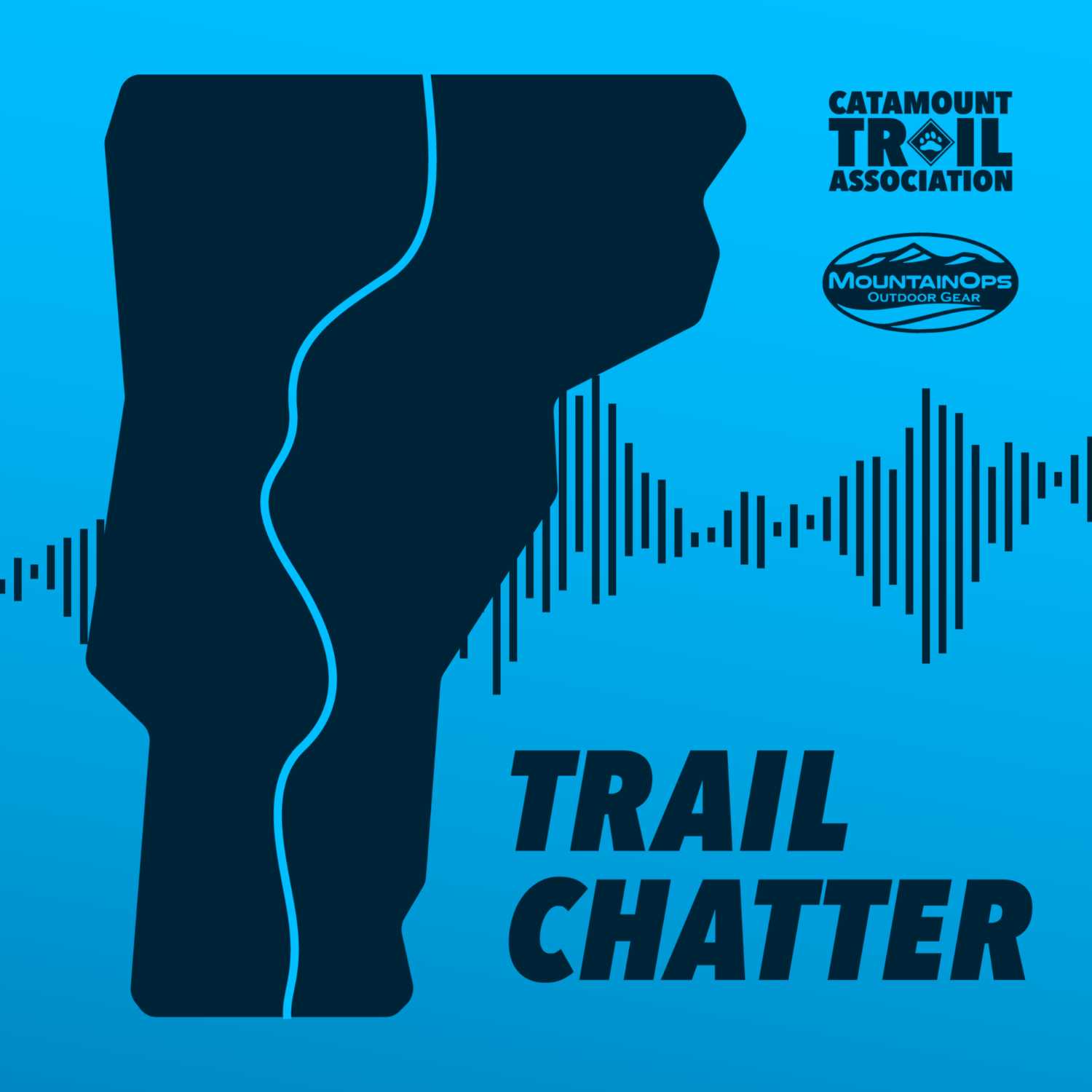- After-Shows
- Alternative
- Animals
- Animation
- Arts
- Astronomy
- Automotive
- Aviation
- Baseball
- Basketball
- Beauty
- Books
- Buddhism
- Business
- Careers
- Chemistry
- Christianity
- Climate
- Comedy
- Commentary
- Courses
- Crafts
- Cricket
- Cryptocurrency
- Culture
- Daily
- Design
- Documentary
- Drama
- Earth
- Education
- Entertainment
- Entrepreneurship
- Family
- Fantasy
- Fashion
- Fiction
- Film
- Fitness
- Food
- Football
- Games
- Garden
- Golf
- Government
- Health
- Hinduism
- History
- Hobbies
- Hockey
- Home
- How-To
- Improv
- Interviews
- Investing
- Islam
- Journals
- Judaism
- Kids
- Language
- Learning
- Leisure
- Life
- Management
- Manga
- Marketing
- Mathematics
- Medicine
- Mental
- Music
- Natural
- Nature
- News
- Non-Profit
- Nutrition
- Parenting
- Performing
- Personal
- Pets
- Philosophy
- Physics
- Places
- Politics
- Relationships
- Religion
- Reviews
- Role-Playing
- Rugby
- Running
- Science
- Self-Improvement
- Sexuality
- Soccer
- Social
- Society
- Spirituality
- Sports
- Stand-Up
- Stories
- Swimming
- TV
- Tabletop
- Technology
- Tennis
- Travel
- True Crime
- Episode-Games
- Visual
- Volleyball
- Weather
- Wilderness
- Wrestling
- Other
9 - Backcountry Show & Tell: Alpine Touring & Telemark Equipment
What kind of gear are people using in Vermont's backcountry? During this informal chat we will cover Alpine Touring & Telemark skis, bindings, boots, skins, poles, goggles, helmets, and packs. We're not here to tell you what to use, but we do hope that by sharing why we've made the choices we've made we can help you make more informed decisions when facing down the myriad of options available today. Learn more about the Catamount Trail Association: http://www.catamounttrail.org Review & TakeawaysSkis There are a lot of good skis out there and it's hard to go wrong. Generally wider skis (95-110mm) are warranted for backcountry skiing due to surface conditions typically being softer. That said everyone should recognize that choosing a ski for exploring the backcountry is an exercise in tradeoffs. Lighter skis are going to perform great on the uphill while heavier skis will generally perform better on the downhill, and you have to know your priorities. Bindings For dedicated backcountry setups tech or pin bindings are preferred. That said, frame bindings should also be considered, especially if budget or safety is a concern or if they will see a lot resort use. People often worry that tech bindings won't be durable enough, but this is not something most people should worry about or factor into their buying decisions. Boots Fit and range of motion are paramount. A boot that fits well and has decent range of motion in walk mode is going to tour well. Try on a lot of boots and get what fits your foot. Also be aware of overly light boots. There's no magic to cutting weight... They just use less material. One of the easiest ways to save weight is by using a shorter cuff. This can drastically effect the performance of the boot. Skins There are typically 3 varieties... Nylon, Mohair, and Mixed. Nylon are the least expensive and offer the most grip and durability, but are stiff and bulky. Mohair are typically lighter, more packable, and offer more glide. However they are expensive, less durable, and less grippy. Mixed skins... a mix of mohair and nylon... hit the sweet spot and offer the best combination of the cost, grip, glide, weight, and packability. Don't be afraid of trimming your skins... just get a G3 trim tool and it'll be easy peasy. Learning proper skinning technique is preferred to purchasing grippier skins. Poles Just use what you have. If you are going to buy a pair, get something adjustable. Cheap aluminum poles are perfect. Use your straps on the up, but ditch them on the downs. There are more things in the BC for your pole to get snagged on and being able to let go of your pole might save a shoulder. Helmets Wear one. Light is nice, and most people carry it on, or in, their packs on the up, and only wear it on the descent. Eye Protection Wear something. Backcountry skiing in Vermont means skiing in the woods and oftentimes skiing "through" the woods. Your goggles or glasses don't have to be fancy, and there are many good reasons to use something that's not fancy, but you should use something. Your eyes are important. Backpacks For most people in most situations a 30-35 liter pack is just about right. If you know you're going to be in avy terrain you are going to want something specifically designed to carry the necessary items while offer quick access. Otherwise, for general touring in Vermont, any old backpack with enough space to hold all of your snacks will suffice. If you're new to backcountry skiing there are definitely some considerations that need to be taken into account. That said, the best gear is the stuff that gets you out there and keeps you safe. That doesn't mean it needs to be fancy of expensive. Think snow!

